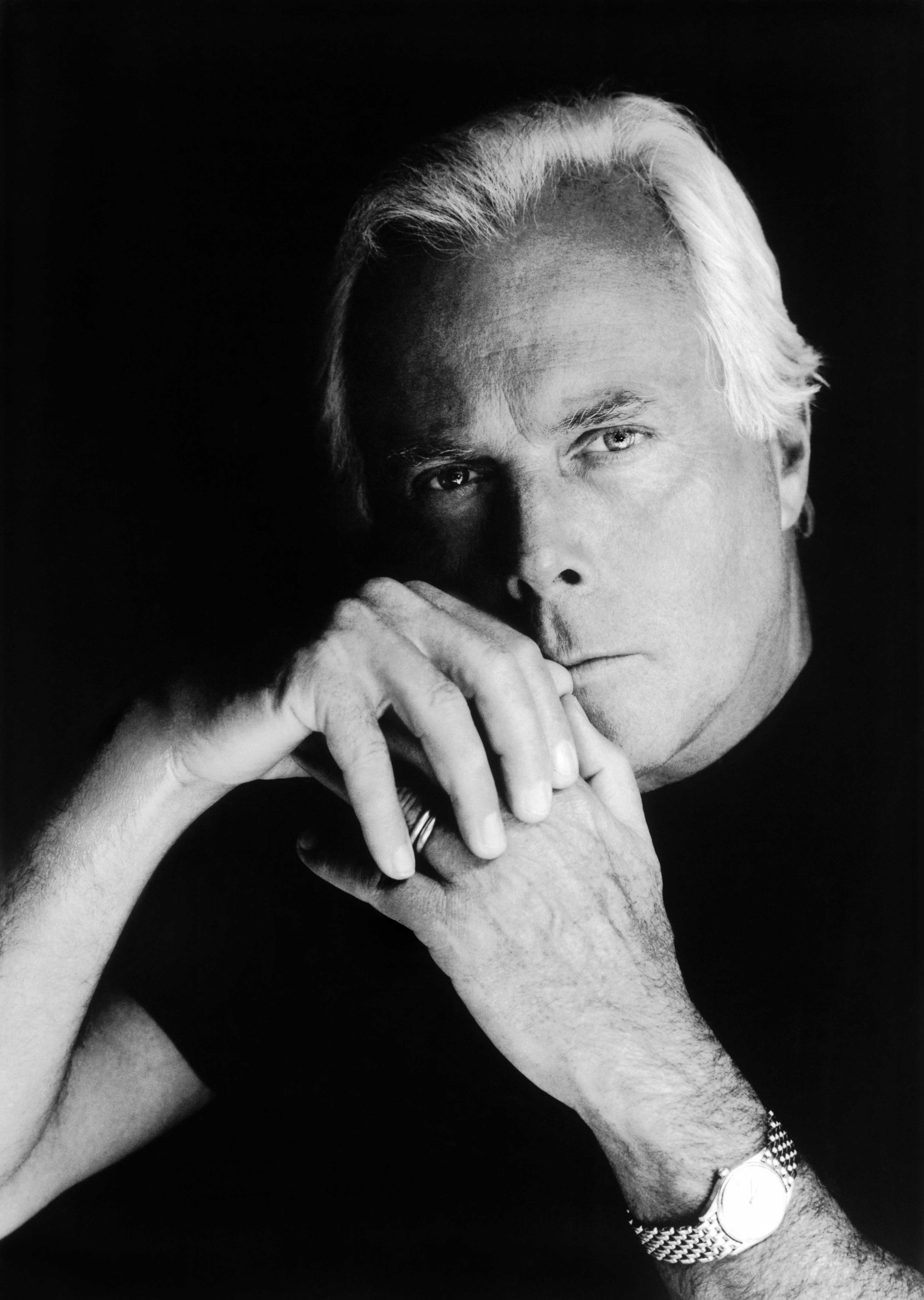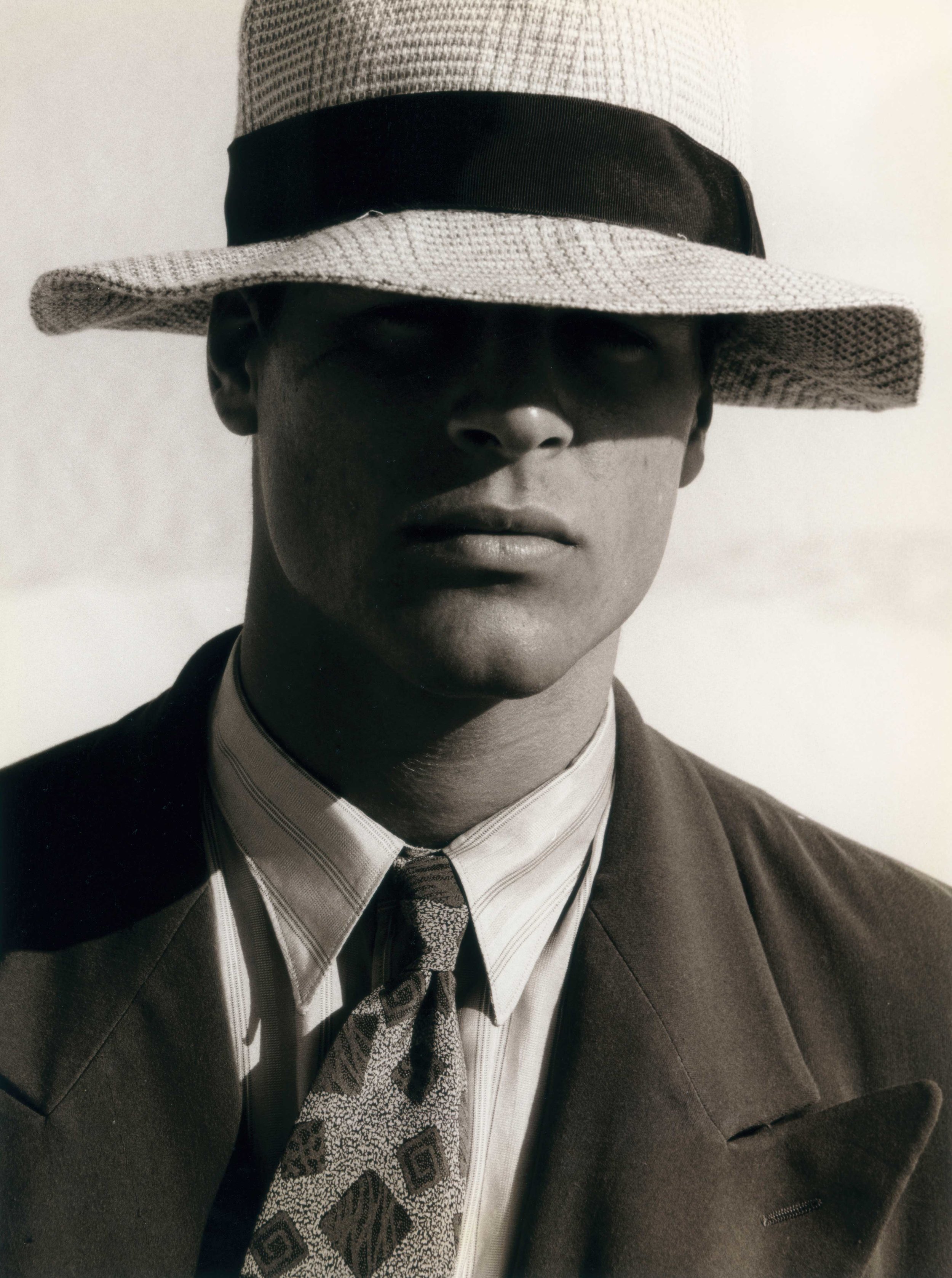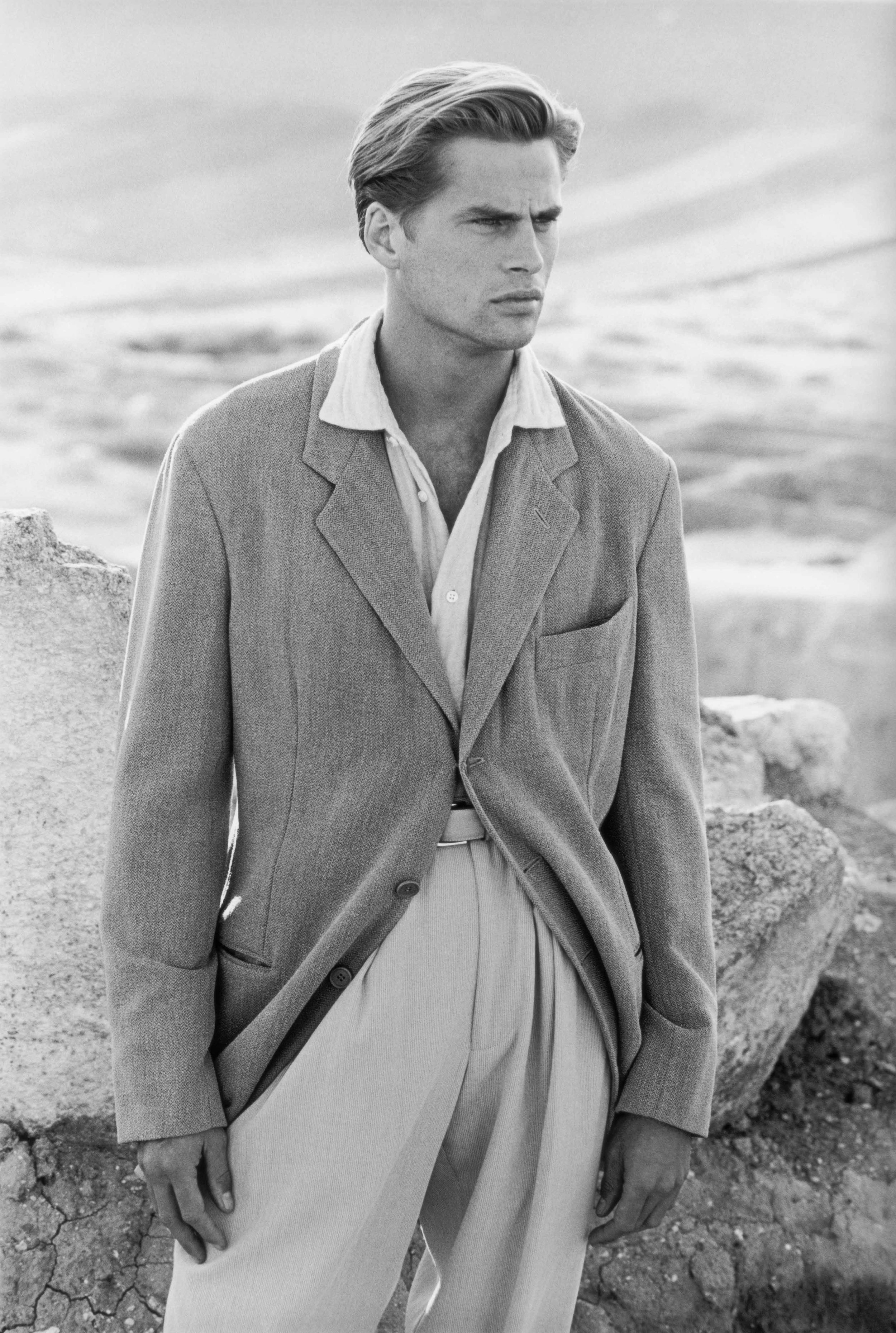A LEAGUE OF HIS OWN
Boasting an illustrious career spanning over 40 years, Giorgio Armani is one of the most influential designers of our time. At 84 years old he continues to make lasting contributions to the fashion industry through his codes of sophisticated, subtle simplicity.
By HASSAN AL-SALEH
There are not many designers who have endured the test of time the way that Giorgio Armani has. He has proven, time and time again, to be an unstoppable force in the fashion industry. He is the powerhouse behind one of the world’s most successful independent fashion labels that today has become a fully-fledged, global lifestyle empire. As other elder statesmen take diminished roles at their companies, Mr. Armani, at the age of 84, still oversees every single detail.
Working as a window dresser at a department store during his formative years, before securing a menswear design role at Nino Cerruti, it was only at the age of 40 that he truly found his calling. He reinvented himself into the man he is today by founding his eponymous brand in 1975 thanks to the encouragement of his partner, Sergio Galeotti. With no formal fashion education, it has always been his innate talent that has carried him to reach the highest echelon of the industry.
Today, the celebrated designer is known for his trademark minimalism and fluid, unstructured tailoring and credits his success to both consistency and innovation. His approach to fashion is pragmatic; not inventing new collections, each inspired by different themes, but rather creating something that people desire and need for life.
Armani has always seen his work as a reactionto the time we live in, because as he rightly says, clothes affect people’s behavior and attitudes. We sat down with the polymath of fashion to learn more.
How do you stay lively and curious for over four decades?
I think curiosity is something you are born with. I have always wanted to know about things – about different cultures, about people, about film, art, photography, architecture, sport, all sorts of things. As for lively, I believe that is related to curiosity. If you have energy and a love for what you do, you will always be active, engaged, and inquisitive.
What new perspective has time given you?
That a work ethic can get you so far, but that you need the love and support of friends and family too. If I have one regret, it is that I have not spent enough time with those I love.
What is the biggest change you have seen in fashion throughout your career?
In some ways fashion has changed beyond all recognition, and in others it is the same as it ever was. What has changed is the speed with which products come to market and the rise of the big groups, that sometimes neglect individual creativity. The Internet too, of course, has changed the way in which people communicate about fashion, and the way in which they purchase it. But what has not changed is that fashion is still fundamentally about someone finding something that they want to wear, and that will make them look and feel good. In this sense, no matter how much marketing and fast fashion and digital buzz there is, fashion still concerns the relationship between a designer and his customer.
How has your role as a designer changed? Does it get easier with time?
Actually, apart from becoming busier as we expand the areas that Armani works in – to include more accessories, interiors, hotels, beauty, even chocolates – the job has remained the same. It is about having a clear vision and making decisions based on that vision. It doesn’t get any easier, but it remains just as satisfying and rewarding, — and exciting of course.
What era do you find most fascinating and why?
Today. Always today. I am, of course, inspired by the past, as is every creative person, and there are periods in history that hold a particular fascination for me. For example, America in the Forties and Fifties, when Hollywood started to exert its pull on the collective imagination. And then there is the Eighties, the decade in which my name became known internationally. But I have always been someone who looks forward. I am committed to evolving, to developing new manufacturing techniques and new fabric technologies. I ask myself constantly, what do my customers want today? And tomorrow? That is how you stay relevant as a designer.
What is your response to fashion’s constant need for “newness”?
There is good newness, and deceptive newness. Good newness requires you to be open minded to change, and to strive for progress. Deceptive newness is to do with trends for the sake of trends – change for the sake of change, not driven by any need, any cultural shift. Many designers chase trends, and if you do, I believe you can easily lose your way.
You have said that avoiding excess at all costs is your rule. Can you please explain?
It is something I learnt from my mother. She taught me that if you wish to create beauty, only do what is necessary, and no more. For example, one piece of advice I always give to women, is that when they go out for an evening, they should take a look in the mirror and ask themselves whether there is something that they could remove. It may make them look more elegant. Excess for me is often a way of disguising the personality. I want people’s personalities to shine through.
In your opinion, what is your greatest contribution to fashion?
Almost certainly the realization in the late Seventies that we could change the nature of tailored clothes to make them more comfortable. At that time, we were still thinking of tailoring as our grandfathers had done, and using very similar materials and techniques to make it. With the advances in fabric technology, I wanted to make jackets more lightweight and comfortable, without giving up elegance and a perfect cut. I saw comfort as being a modern quality in clothing. This really was a revolution, and I am very proud of the fact that today people take comfort as a given in their clothing.
To who or what do you attribute your success? How have you been able to stand the test of time?
To my great passion. To my work ethic and drive. To my family and friends. To my team. And to my conviction that the success of any fashion business depends on people actually wearing the clothes. I have always put the customer’s needs first.
What is the most important lesson you have learned along the way?
That fashion only becomes fashion if people buy it and wear it. If it stays on the catwalk or magazine pages, or indeed, folded up, or on a hangar, in store, not bought and enjoyed and worn, then it is not fashion. Maybe it is something else – art? A vanity project? But it is not fashion.
Looking back, would you do anything differently?
Maybe I’d take a bit more time off to recharge more regularly. But I know myself well enough now to acknowledge that I am a workaholic.
What advice would you give to your younger self?
Life is an adventure. Enjoy it.
What is your secret to longevity in fashion?
Stick to your personal vision, hold your personal beliefs with passion. Do not get distracted. Do not listen to too many people and differing opinions and advice. Stay focused. Believe in yourself.
How is Armani, both designer and brand, embracing the future?
With hope, determination, energy and, as always, a whole barrage of creative ideas!






